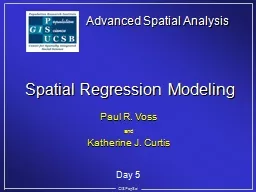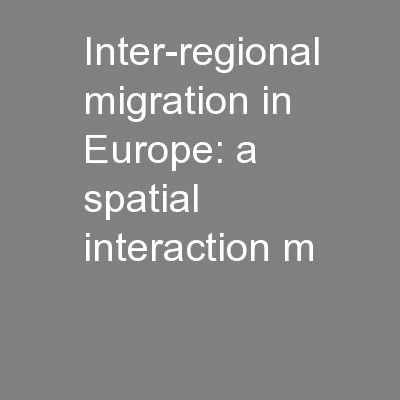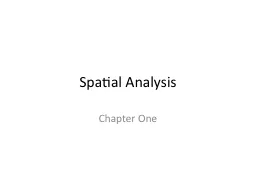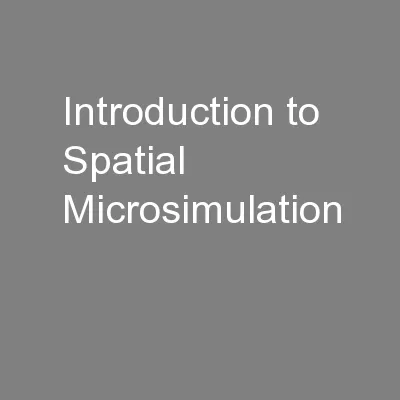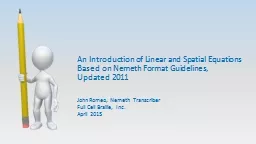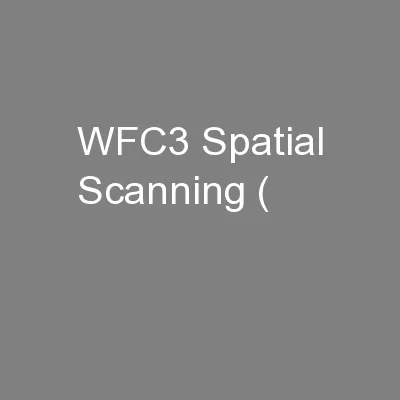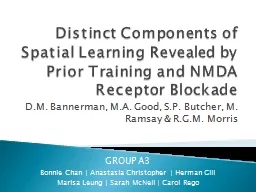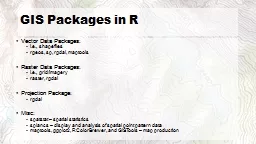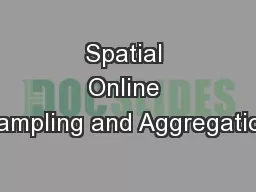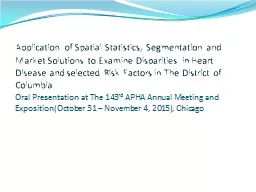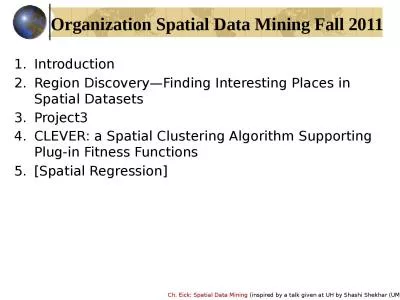PPT-Advanced Spatial Analysis
Author : giovanna-bartolotta | Published Date : 2015-12-05
Spatial Regression Modeling GISPopSci Day 5 Paul R Voss and Katherine J Curtis GISPopSci Review of yesterday Dealing with heterogeneity in relationships across space
Presentation Embed Code
Download Presentation
Download Presentation The PPT/PDF document "Advanced Spatial Analysis" is the property of its rightful owner. Permission is granted to download and print the materials on this website for personal, non-commercial use only, and to display it on your personal computer provided you do not modify the materials and that you retain all copyright notices contained in the materials. By downloading content from our website, you accept the terms of this agreement.
Advanced Spatial Analysis: Transcript
Download Rules Of Document
"Advanced Spatial Analysis"The content belongs to its owner. You may download and print it for personal use, without modification, and keep all copyright notices. By downloading, you agree to these terms.
Related Documents

